Export Office: 21Floor, No.5 Nanhai Zhi Road,Qingdao, Shandong ,China
Work Shop: Beian Industrial zone, Qingdao,Shandong,China
+86 532 88256399
Martin
Inquiry now
Top 10 Valves Every Engineer Should Know About
Valves play important role in any engineering project, as they control the flow of liquids, gases, and other substances. As a professional expertise in valves, I have compiled a list of the top 10 valves that every engineer should know about.
1. Gate Valve
The gate valve is a simple yet effective device used to control the flow of fluids. It operates by raising or lowering a gate-like disc to allow or block the flow. Gate valves are usually used in applications that need to be fully open or closed, for pipes, waterworks, and others. Gate valves for applications where tight sealing is required.
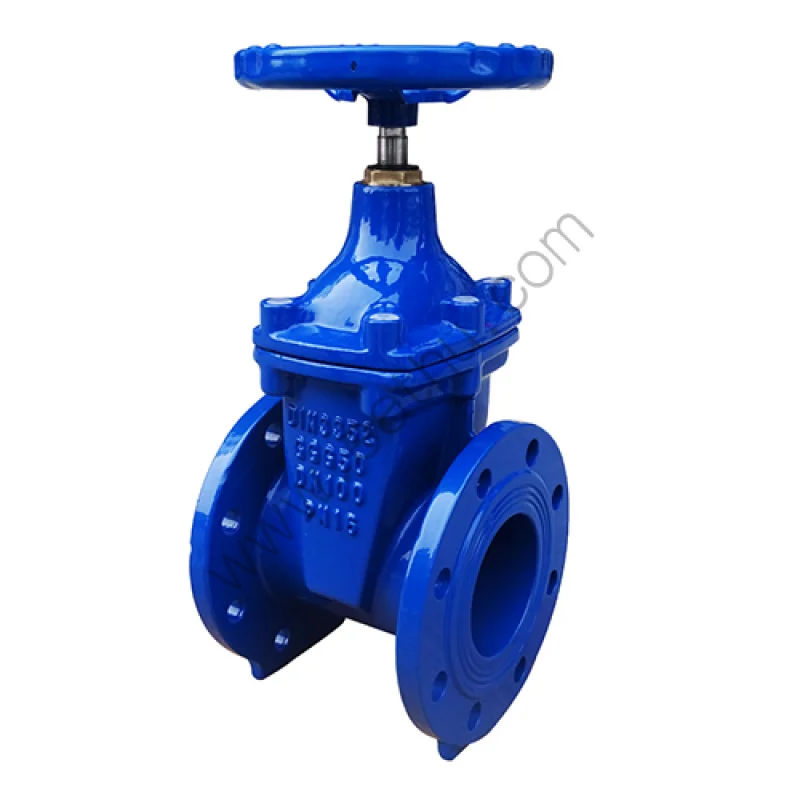
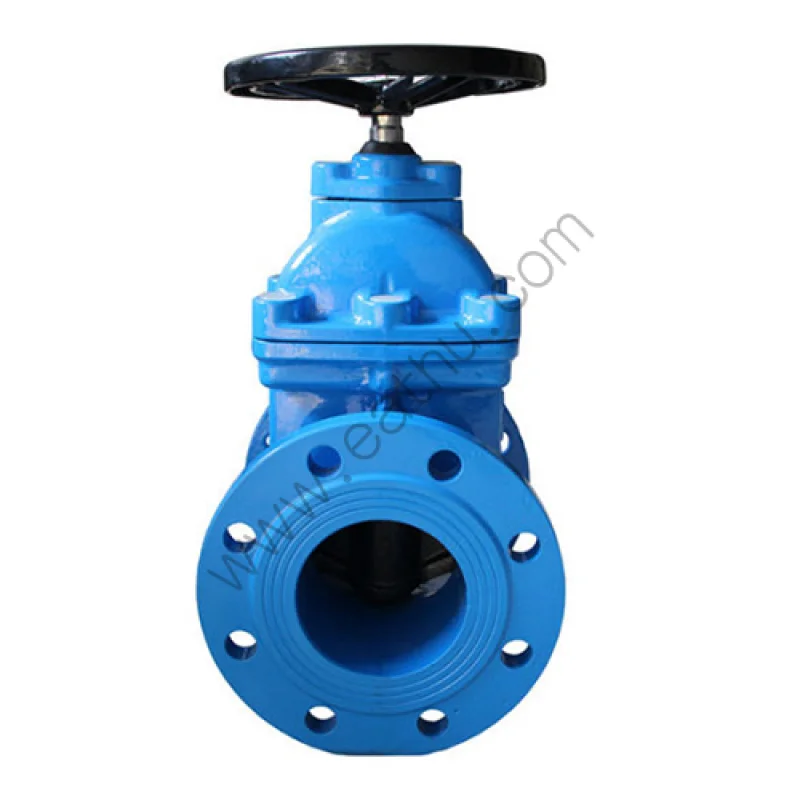
2. Globe Valve
The globe valve is similar to the gate valve but differs in its design and operation. It uses a disc or ball-shaped element to control the flow, which is achieved by rotating the disc or ball. Globe valve is suitable for precise control of flow. They are commonly used for steam and water applications.
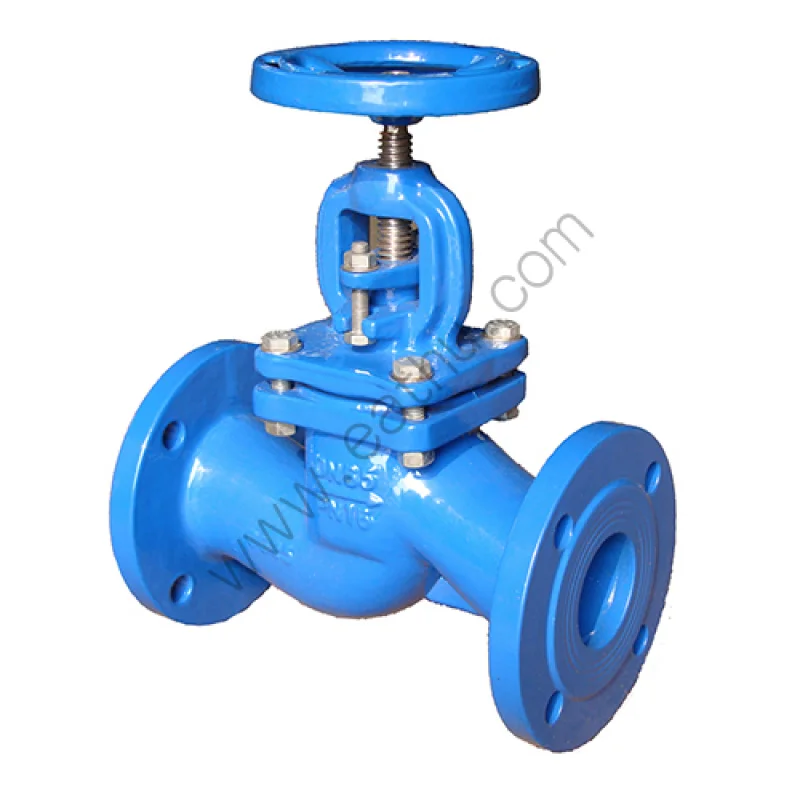
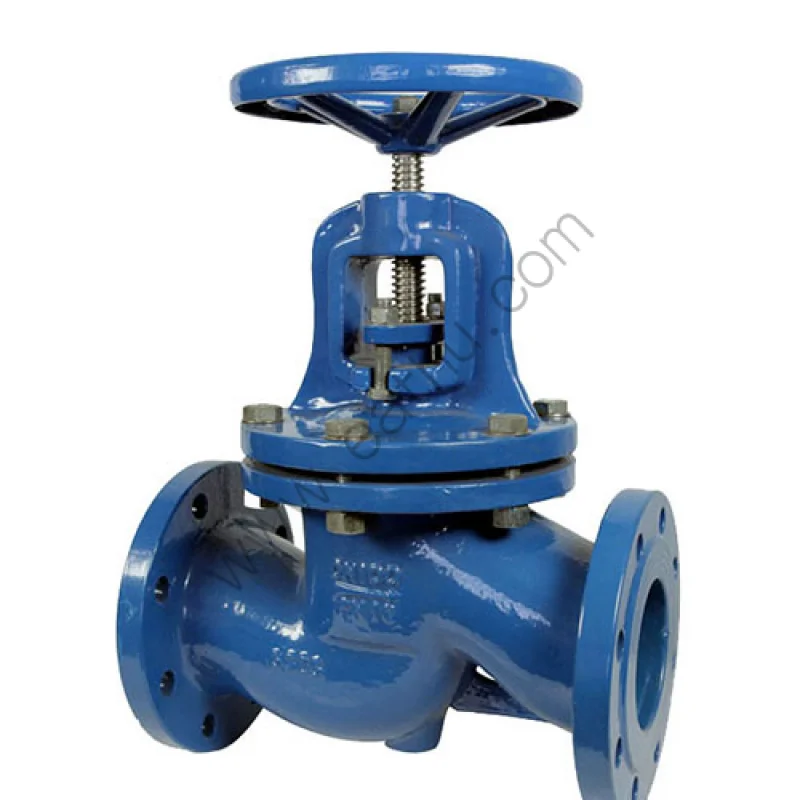
3. Check Valve
The check valve, also known as a non-return valve. Used to prevent backflow in a piping system, ensuring that fluids flow in only one direction. It automatically closes when the flow reverses, preventing damage and contamination. Check valves are widely used in pumps, compressors, and other equipment where backflow can be hazardous. They are commonly used in sewage systems and water treatment plants.
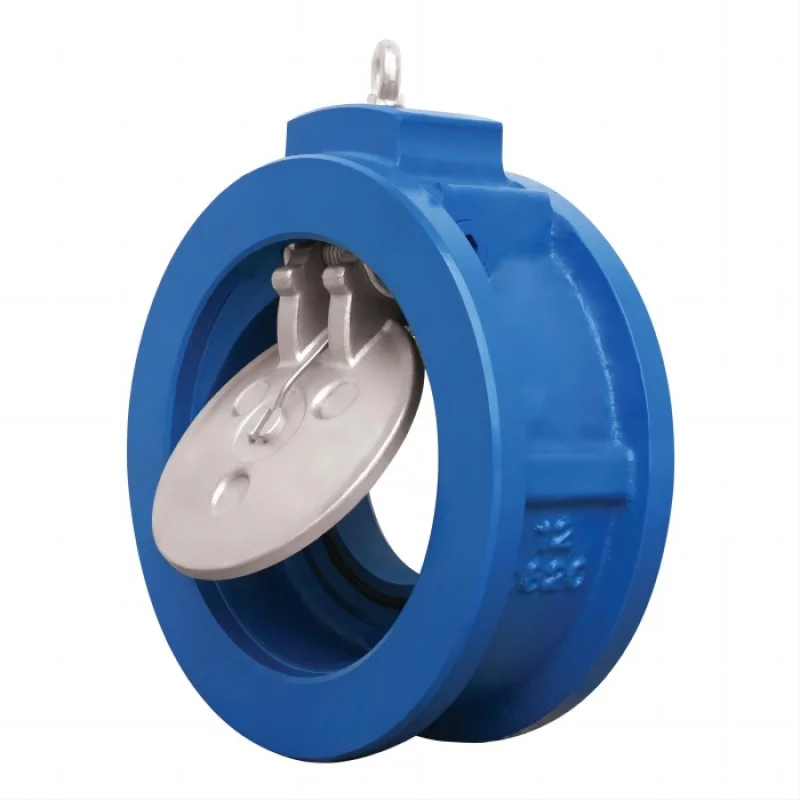
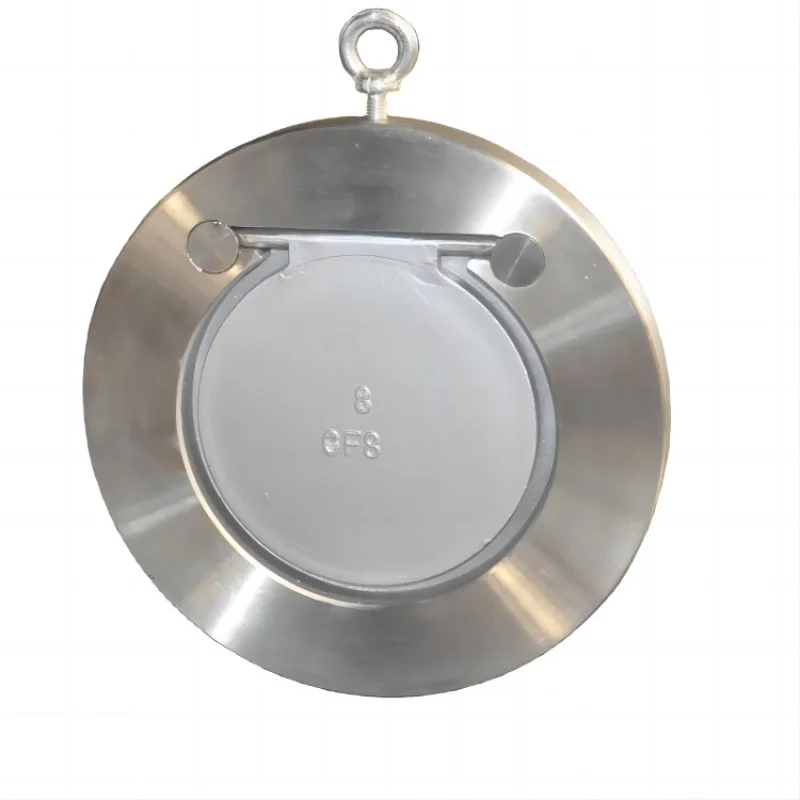
4. Ball Valve
The ball valve offers quick and easy control of fluid flow. It operates by rotating a ball-shaped element with a hole in the center. When the hole is aligned with the pipeline,the flow can pass through. Ball valves are suitable for a wide range of applications, due to their durability and reliability, including water, gas, and steam systems.

The butterfly valve is a compact and lightweight device used for large-scale fluid control. It operates by rotating a disc-like element, called a butterfly, to control the flow. Butterfly valves are commonly used in HVAC systems, water treatment plants, and other large-scale piping systems. Butterfly valves are also ideal for applications where space is limited. They are also easy to operate and require minimal maintenance.
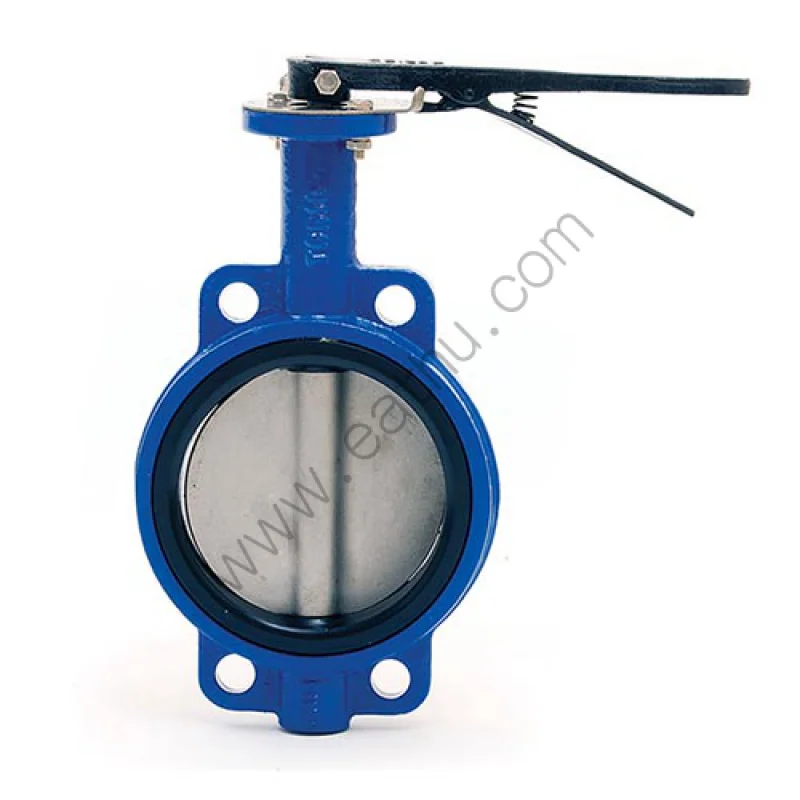
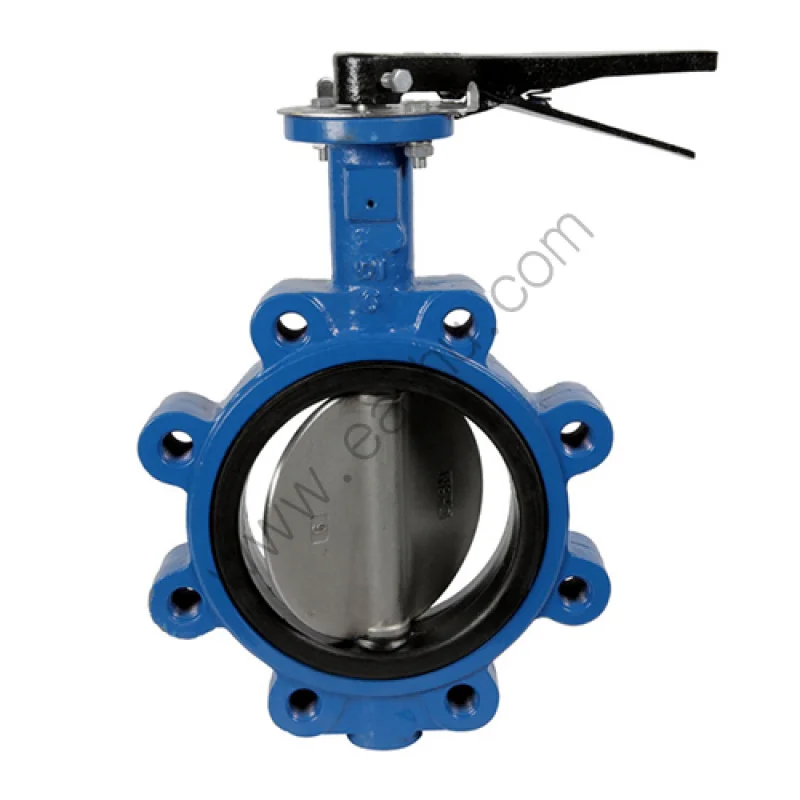
5. Needle Valve
The needle valve is an ideal choice for precise flow control in low-pressure systems. It operates by moving a needle-shaped element up or down, adjusting the flow rate. Needle valves are widely used in applications where fine-tuning of flow is essential. They are commonly used in instrumentation and control systems in chemical processing, fuel systems, and other applications .

7. Diaphragm Valve
The diaphragm valve is a unique type of valve. It uses a flexible diaphragm instead of a metal disc or ball like other valves. The diaphragm moves up and down to control the flow, offering excellent sealing performance. Because diaphragm valves can handle harsh conditions better than other metal valves, they are suitable for corrosive or abrasive fluids. In addition, because the diaphragm valve is smooth, crevice-free design, can prevent contamination, so it is also suitable for the need for high cleanliness environment.

The safety valve, also known as a relief valve or a pressure reducing valve. It is used to maintain a stable pressure in a system, regardless of fluctuations in upstream pressure, protect equipment and piping systems from over pressure. It automatically opens when the pressure exceeds a pre-set limit, allowing the excess fluid to escape. Safety valves are commonly used in water distribution systems and HVAC systems, crucial in boilers, pressure vessels, and other high-pressure applications.
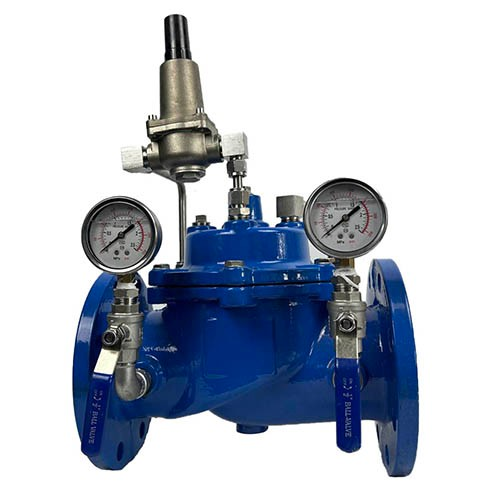
9.Control Valve
The control valve is used to regulate the flow of fluids in response to changes in system conditions. It typically incorporates a feedback mechanism that adjusts the valve position to maintain a desired flow rate or pressure. Control valves are widely used in industrial automation, process control, and other applications where precise fluid control is essential.
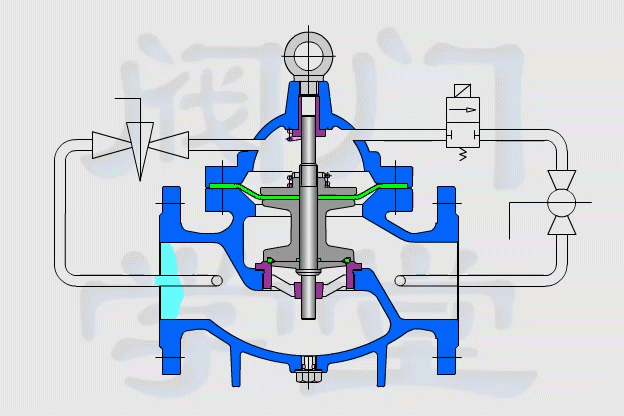
10.Solenoid Valve
The solenoid valve is an electrically operated device that controls the flow of fluids using an electromagnetic actuator. It quickly opens or closes the valve when an electric current is applied, offering fast and reliable fluid control. Solenoid valves are commonly used in automation systems, robotics, and other applications where rapid and precise fluid control is required.
In conclusion, valves play a pivotal role in engineering projects, and it is crucial for engineers to have a fundamental understanding of the different types and applications of valves. The top 10 valves listed above, each with its unique characteristics and applications, offer a comprehensive overview of the diverse range of valves available. By familiarizing themselves with these valves, engineers can make informed decisions and select the most suitable valve for their specific project requirements.
If you need to purchase valves in the future, you'd better collect the following website, which is a professional valve supplier.
China Valve Supplier:https://www.eathu.com/product/eathu-valves.html
Export Office: 21Floor, No.5 Nanhai Zhi Road,Qingdao, Shandong ,China
Work Shop: Beian Industrial zone, Qingdao,Shandong,China
+86 532 88256399
Martin
© 2020 Qingdao Fluido Industrial Co.,Ltd. All Rights Reserved. Qingdao fluido valve

